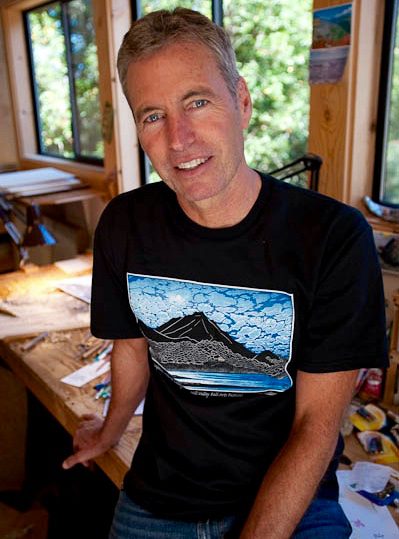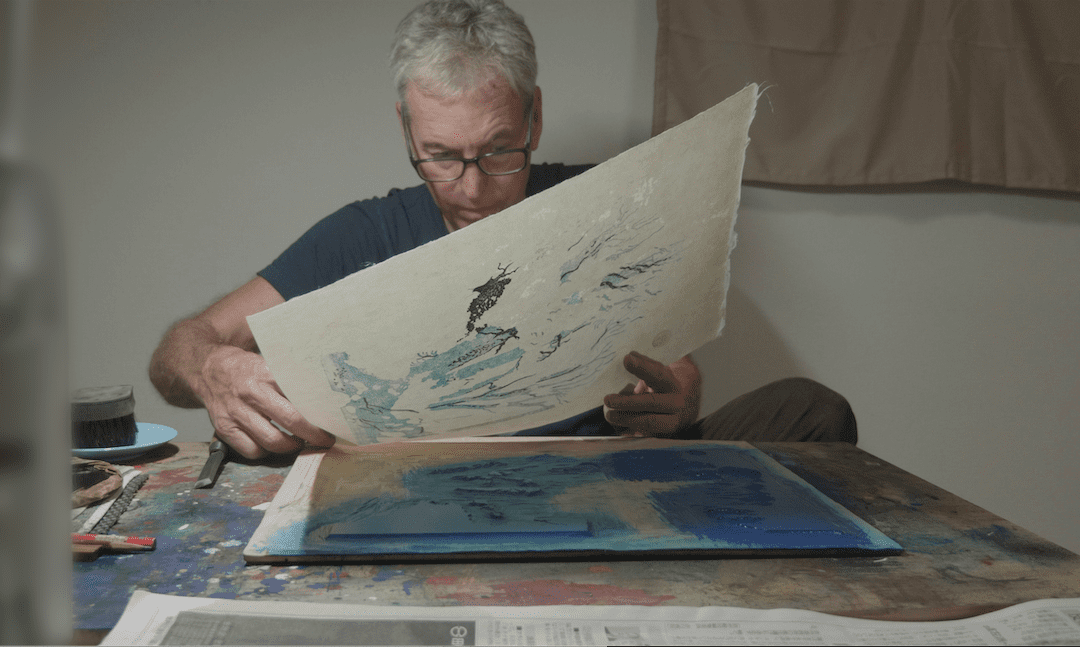 Tom Killion delivered the afternoon newspaper on a bike when he was a boy growing up in Mill Valley at the foot of Mount Tamalpais. His route took him up Cascade Canyon past houses deep in the woods and along a little creek. The creek was placid and mild most of the year, but in the winter, after the rains, the little stream roared over small waterfalls — cascades — and over the gnarly roots of redwood trees and into little dark pools, deep blue like inkwells.
Tom Killion delivered the afternoon newspaper on a bike when he was a boy growing up in Mill Valley at the foot of Mount Tamalpais. His route took him up Cascade Canyon past houses deep in the woods and along a little creek. The creek was placid and mild most of the year, but in the winter, after the rains, the little stream roared over small waterfalls — cascades — and over the gnarly roots of redwood trees and into little dark pools, deep blue like inkwells.
“They were dark, like the inkwells we had on those old school desks we had at the Old Mill School when I was a kid,’’ he said the other day.
Those dark pools, the white water, the bluish color of the underlying rock, the dark red of the trees all stuck in his mind.
He came back many times and made sketches of the creek and the dark inkwell pools, and he figured out how to make the color he saw come alive in a drawing. The creek, the trees, the rock, the mountain, made him an artist. “It’s been my love since I was a little kid,” he said.
He was drawn to the Japanese style of woodblock prints, particularly in the style of ukiyo-e — which means “floating world” in Japanese — and in the work of Hokusai, the master of the art. Hokusai made landscape prints and his masterpiece was a series called, “Thirty-six Views of Mount Fuji.”
Killion studied history at UC Santa Cruz, but he also studied art and the art of fine books. “I wanted to do my own book,” he said. The result was “28 Views of Mount Tamalpais,” produced at UC Santa Cruz’s Cowell Press. You could see the influence of the Japanese masters in Killion’s work. And you could see the influence of his own world. “It’s in my blood,” he said. “I grew up in the shadow of Mount Tamalpais.’’

